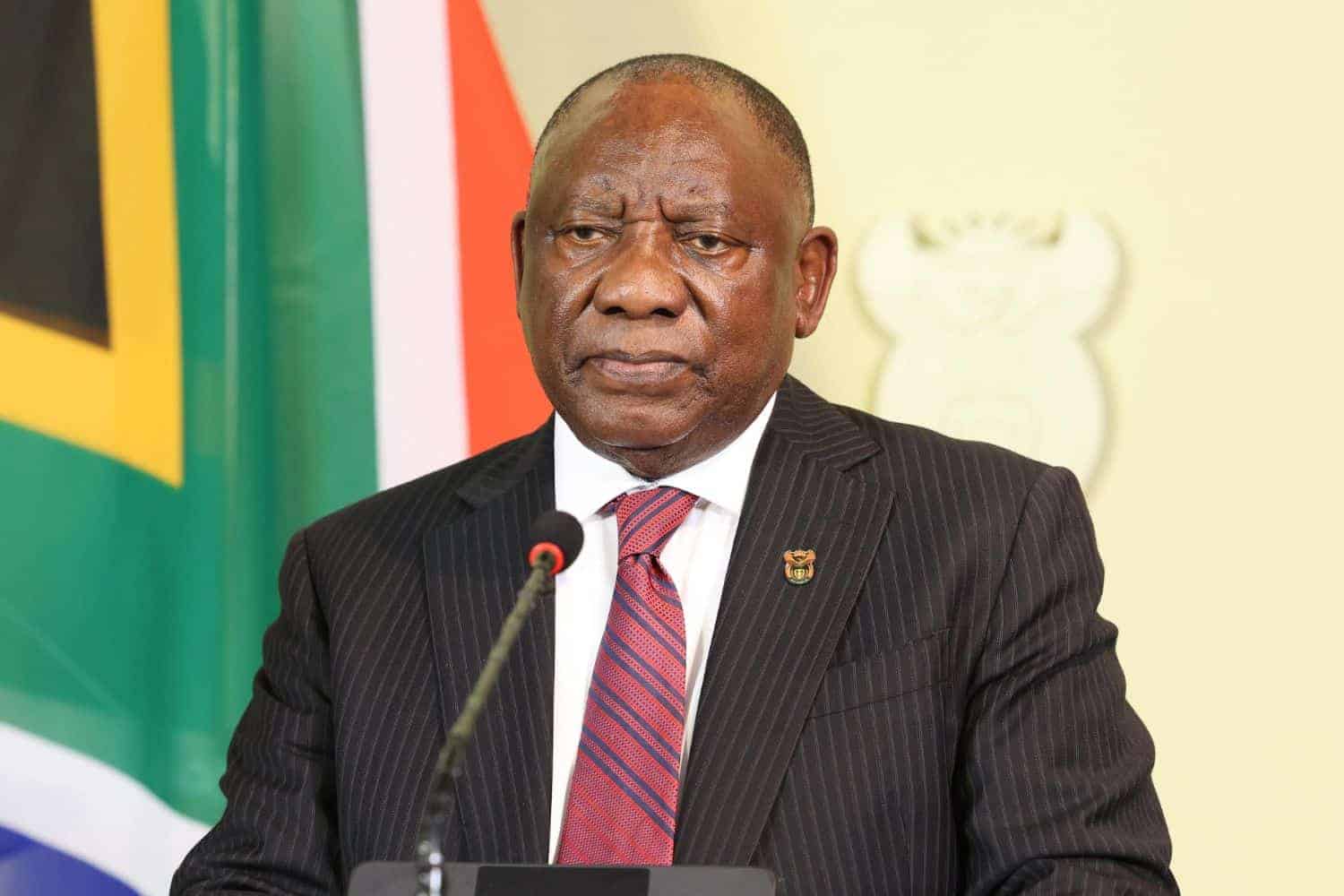Many South Africans have expressed disappointment with the manner Ramaphosa dealt with the Mchunu allegations.

President Cyril Ramaphosa is losing the country.
His hold on it is unravelling like a ball of frayed string rolling downhill.
The government of national unity, which had vowed to rescue South Africa, is dysfunctional, largely because of the president’s appalling lack of leadership.
Unprecedented depths of economic and social distress have heightened public discontent and one senses that it needs just a spark to erupt.
The ever-faster cascade of events has punctuated the president’s customary sang-froid. He has made foolish decisions and he has been caught in fabrications that he should have realised were bound to be exposed.
Lieutenant-General Nhlanhla Mkhwanazi’s explosive allegations about political meddling, cadre deployment and institutional capture in law enforcement and the justice system left Ramaphosa flat-footed.
It says much about how out of touch Ramaphosa has become that, despite the gravity of Mkhwanazi’s allegations, he genuinely seemed to think he could shield his close ally, police minister Senzo Mchunu and deputy national commissioner Shadrack Sibiya.
Public outrage swiftly made his stance untenable. As Mchunu’s stand-in, Ramaphosa chose Prof Firoz Cachalia.
A respected academic who, on paper, looked like a safe choice, Cachalia arrives with baggage of his own.
When Mkhwanazi earlier this year went public for the first time with claims of political meddling, Cacha lia accused him of “public grandstanding” and urged him to stick to the internal police channels that he had accused of corruption.
But the comedy continues. Farcically, the portfolio in the meantime has been handed to Gwede Mantashe, the most compromised but longest-serving minister Ramaphosa has had.
It’s during all this slapstick that Minister in the Presidency Khumbudzo Ntshavheni deemed it to be an opportune to release the 2024-2028 National Security Strategy assessment, which confusingly concludes that, despite political assassinations, incipient terrorism, violent extremism, economic sabotage and ram pant corruption, South Africa is a stable and secure nation.
She then went on to make some extraordinary remarks at the press conference about a potential coup d’état.
“There is,” Ntshavheni told the increasingly bewildered journalists, “a potential risk of a coup d’état. We have identified it and put measures in place to mitigate against it.
So, that’s why we say to South Africans that there will not be anyone attempting to do a coup in South Africa.”
ALSO READ:‘Cyril must fall’: Organisations march against Ramaphosa to Union Buildings on Mandela Day
In the past few days or in the past few weeks, there has not been anyone attempting to do a coup in South Africa.
That does not mean people are not planning one. Or, as Lewis Carroll put it with greater elegance and far less chance of rocking national confidence: “If it was so, it might be. And if it were so, it would be. But as it isn’t, it ain’t.”
Unfortunately for Ramaphosa, his other pet project, the National Dialogue, is not going to save the day for him.
To many, it’s just the latest manifestation of Ramaphosa’s preference for symbolism over action. Even ANC legacy foundations, long accustomed to wielding quiet influence behind the scenes, are now publicly voicing their frustration.
This week, the Walter and Albertina Sisulu Foundation issued a blistering statement, warning that Ramaphosa’s habit of “preaching dialogue while insulating political elites from accountability” amounts to little more than political theatre.
The foundation charged that his leadership – tarnished by the still unresolved Phala Phala scandal – “contradicts the very principles his administration claims to uphold”. The foundation’s conclusion was stark: it’s time for Ramaphosa to resign.
NOW READ: What now for Senzo Mchunu? Police minister’s political career on the ropes






